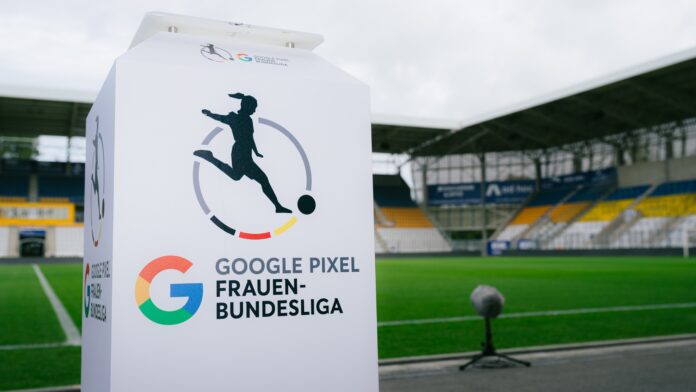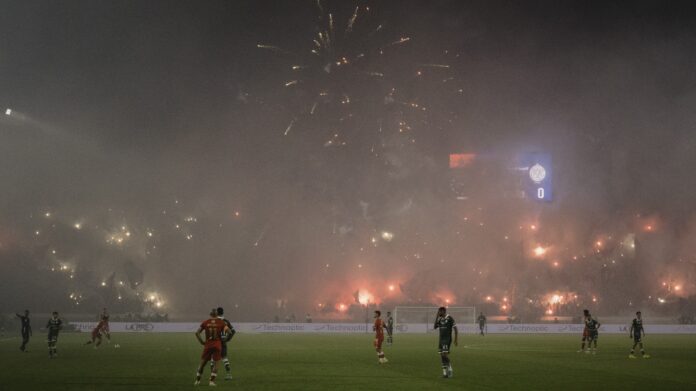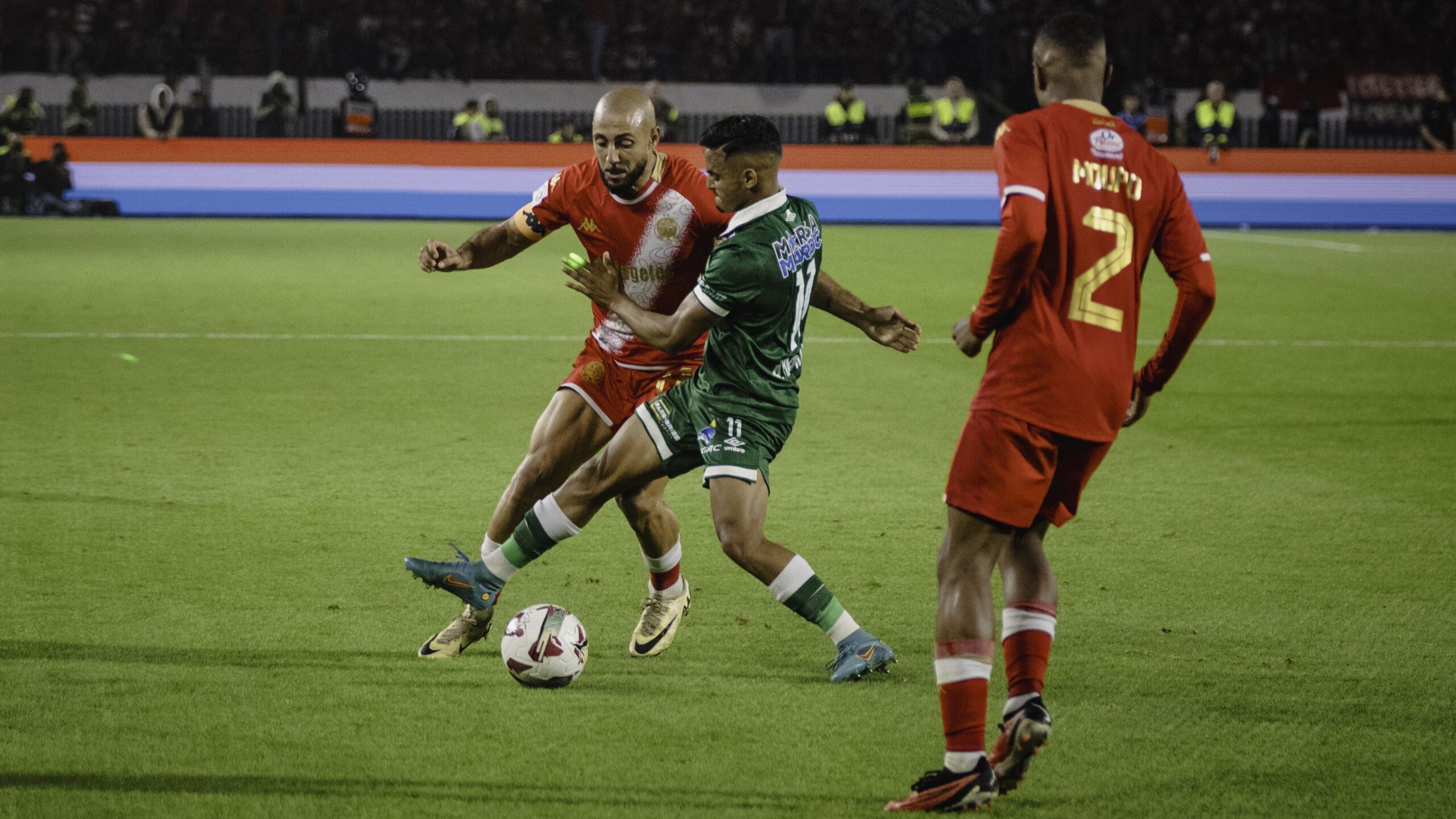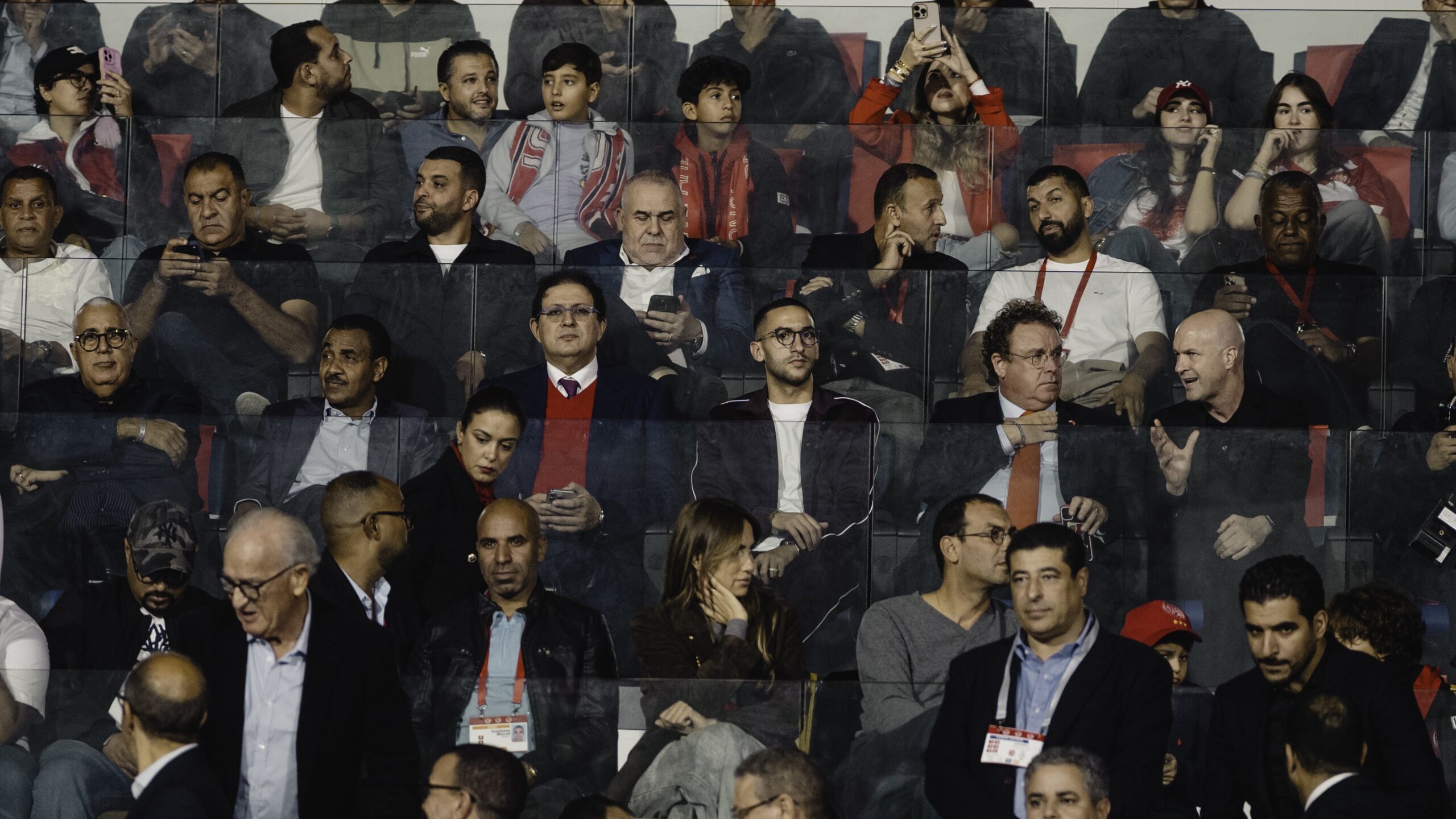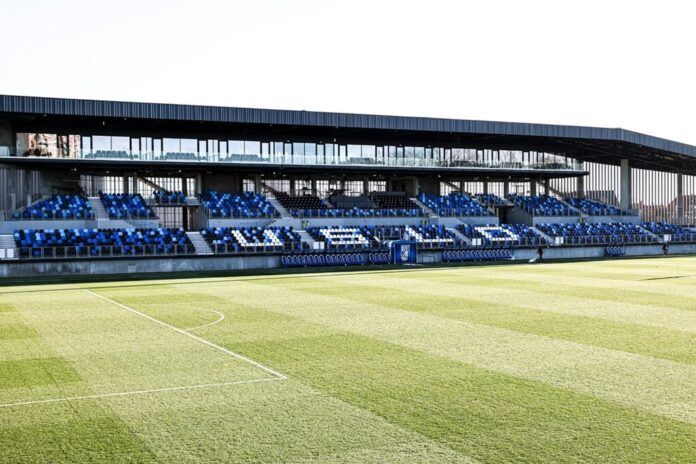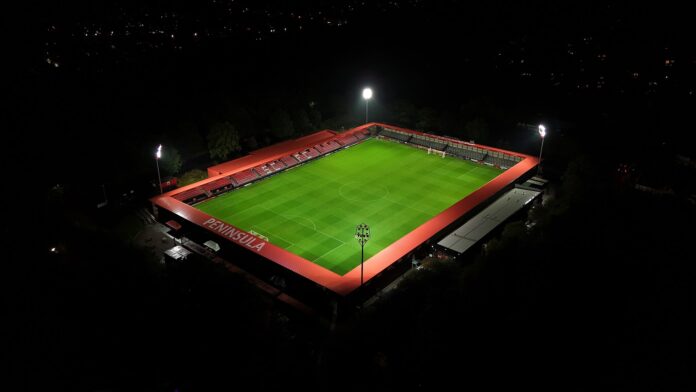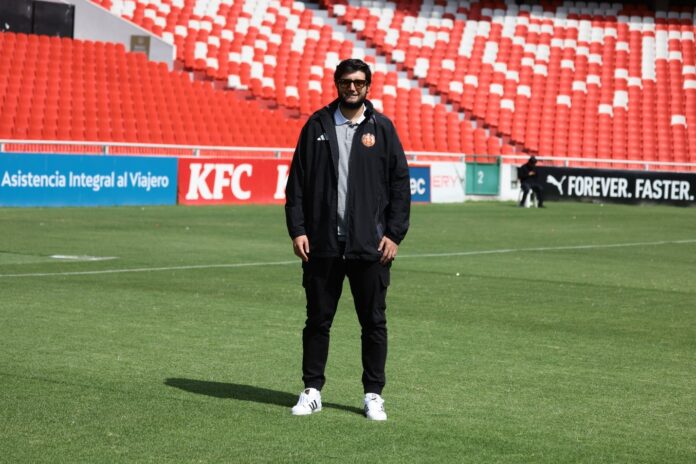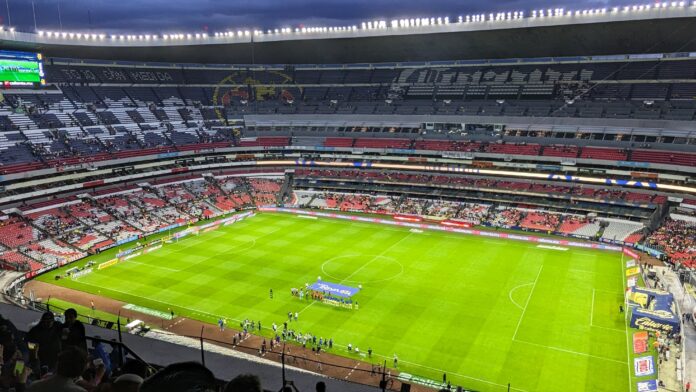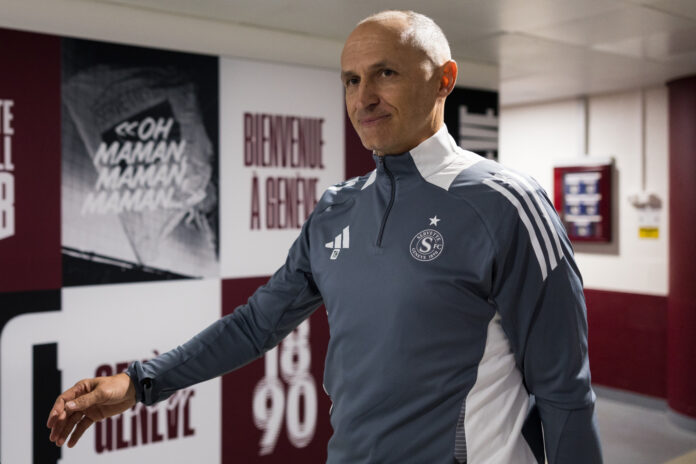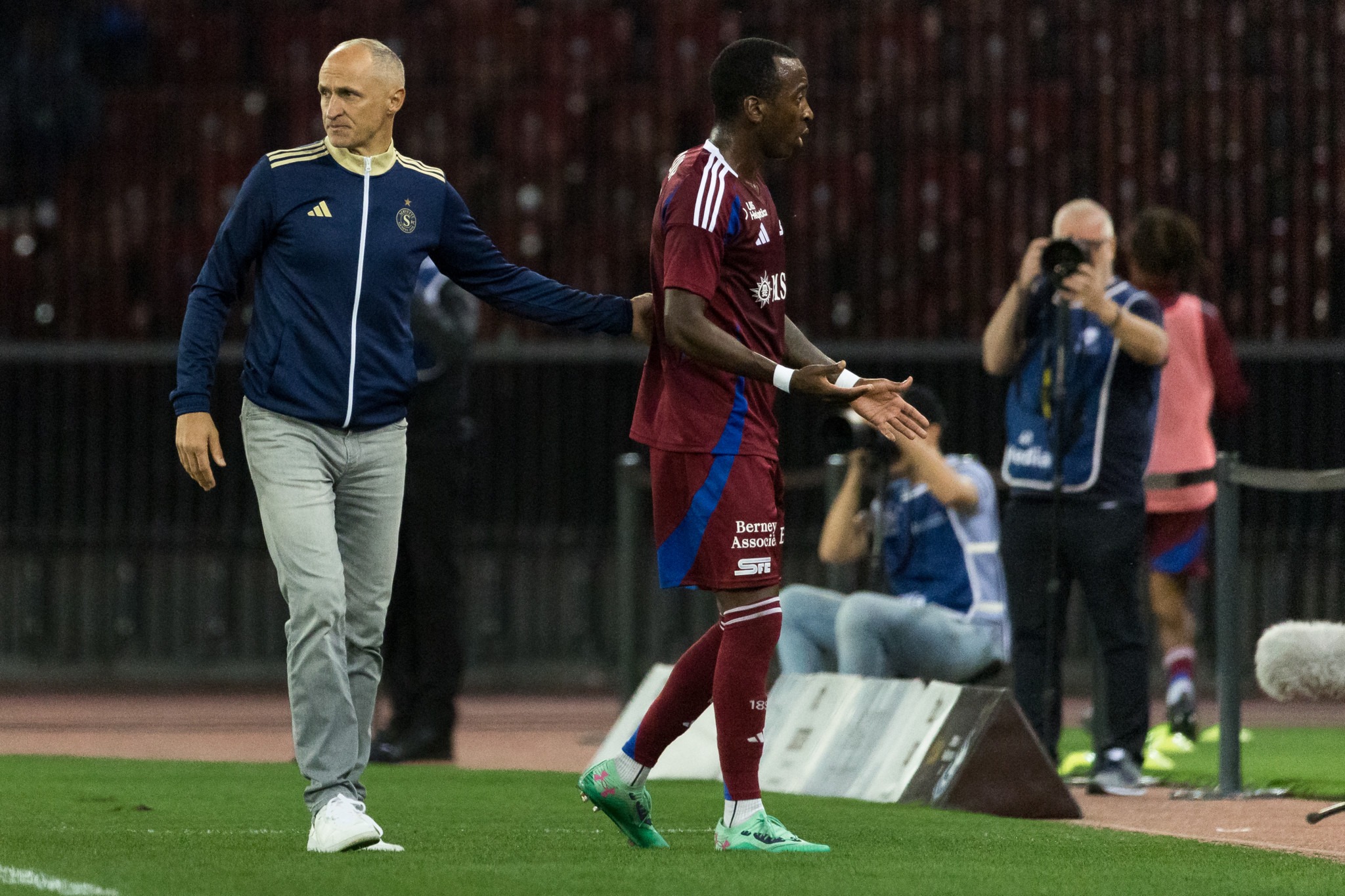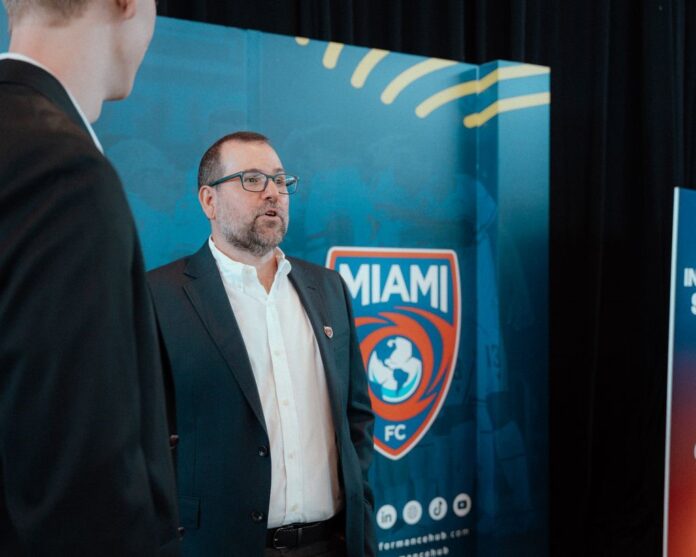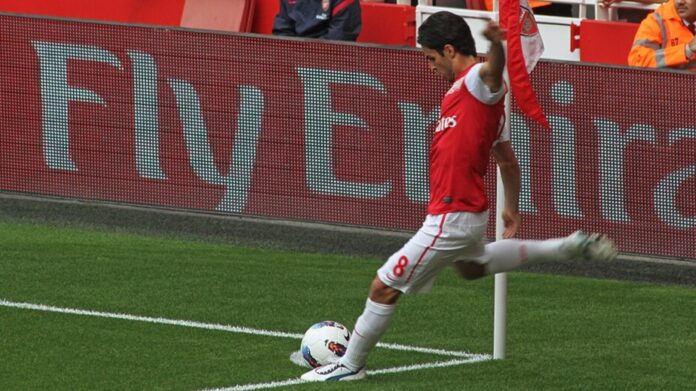The German Football Association (DFB) has taken a historic step to elevate women’s football in Germany to a new structural and economic level. Starting in 2026, the Women’s Bundesliga will operate under its own company and will be funded with €100 million over eight years. The DFB aims to professionalise the league, make it internationally competitive, and prevent top players from moving abroad.
The initiative was formally adopted on 7 November 2025 at the DFB Bundestag in Frankfurt am Main. DFB President Bernd Neuendorf described the creation of the new league company as “a strong and courageous signal.” The goal, he said, is for the Women’s Bundesliga, like the men’s league, to rank among the leading competitions in the world. The investment programme will already take effect at the start of the 2026/27 season.
The model envisions a joint company between DFB GmbH & Co. KG and the participating clubs. It will oversee the marketing, organisation, and strategic management of the league. The Women’s Bundesliga will therefore operate as a joint venture, comparable to the men’s DFL structure but with its own focus, budget, and development goals. The working title for the new entity is DFL Frauen.
Growth through Structure and Capital
The foundation of the reform is the DFB study “New Perspectives – The Commercial Future of the Women’s Bundesliga,” commissioned by the DFB and conducted with the sports marketing agency Two Circles. It is part of the FF27 “Women in Football” strategy and, for the first time, provides a comprehensive, data-driven basis on fan potential, target groups, revenue, and growth scenarios for German women’s football. The research was based on national market analyses, a representative survey of over 2,000 people, qualitative interviews with 39 men’s and women’s Bundesliga clubs, and focus groups with media and sponsorship partners.
According to the study, the Women’s Bundesliga is one of the most dynamic growth sectors in European sport. In Germany, 48 percent of all football fans follow both men’s and women’s football, around 19 million people. Another 19 million currently follow only men’s football, and more than half of them have “never consciously followed” women’s football. The untapped fan potential is enormous.
In its optimistic scenario (the High Case), the study projects that by 2031/32, the league could reach a market volume of €130 million per season. By comparison, clubs currently generate less than €20 million in total. By 2026/27, revenue is expected to reach €37 million.
“In its optimistic scenario (the High Case), the study projects that by 2031/32, the league could reach a market volume of €130 million per season.”
The growth assumptions are based on clear economic indicators: increasing reach in free-to-air and pay TV, higher attendances, a growing number of active players, more professional sponsorship structures, and stronger integration of women’s teams into club organisations.
Professionalisation as the Key
Many players in the Women’s Bundesliga still cannot make a full living from football. For this reason, the DFB’s investment focuses on professionalisation. Funds will be directed toward infrastructure, medical care, training standards, digitalisation, marketing, and personnel development. The goal is to establish full-time professional structures across all clubs in the coming years.
Another crucial factor is the integration of women’s football into existing club structures. The DFB study identifies four models of integration, ranging from minimal affiliation to full incorporation. Clubs with a high level of integration achieve significantly better sporting and financial results, as they can utilise resources, expertise, and brand strength more efficiently.
Investment readiness is also increasing. Eighty-two percent of clubs had little to no investment in women’s football five years ago; today, this figure is around half. A third of the clubs plan to invest high to very high amounts within the next five years.
“Funds will be directed toward infrastructure, medical care, training standards, digitalisation, marketing, and personnel development.”
Media Rights, Attendance, and Sponsorship
With the new 2023–2027 media rights cycle, a new phase of visibility has begun. For the first time, all matches will be broadcast live by ARD, ZDF, Sport1, DAZN, and MagentaSport. Annual domestic media rights revenue will increase from €325,000 to €5.17 million, a sixteenfold increase.
The DFB study also forecasts a sharp rise in media reach. By 2032, the average audience per live broadcast on free TV is expected to grow from 150,000 to 750,000. Coverage has already more than doubled since the 2022/23 season, from 138 reports to 306 within the first five matchdays.
Stadium interest is also growing. The current average attendance is under 1,000 per match, but the projection expects 7,500 per match by 2032, a tenfold increase. At least 60 matches per season are expected to attract over 10,000 spectators. This development shows that matchday operations will evolve into an independent economic factor.
Sponsorship remains the primary source of revenue, accounting for roughly half of total income. The study recommends marketing women’s rights independently of the men’s teams, which would make the market value more transparent, open new partner categories, and strengthen clubs’ financial independence.
Forecast Model and Revenue Development
The DFB study’s forecast outlines the Women’s Bundesliga’s path to 2032 in concrete figures:
- Active players: from 187,000 to 500,000 (+167%)
- Social media reach: from 146,000 to 900,000 followers
- DFL clubs with women’s sections: from 8 to 16
- Matches with over 10,000 spectators: from 0 to 60 per season
- Live broadcasts with over 1.5 million viewers: from 1 to 10 annually
On this basis, overall revenue is expected to rise from €18 million to €130 million by 2032. The DFB calls this a realistic yet ambitious target corridor.
Looking Ahead
Alongside the new league company, the DFB is planning additional structural reforms. Beginning with the 2027/28 season, a three-tier third division for women will be introduced to strengthen the development pathway between youth, regional leagues, and the Bundesliga, ensuring more effective talent progression.
At the same time, Germany’s bid to host the UEFA Women’s Euro 2029 is expected to provide an additional boost. The tournament would serve as a catalyst for audience growth, sponsorship, and youth participation. The DFB sees enormous potential in the continued expansion of women’s and girls’ football, potential that extends beyond the current FF27 strategy and will be systematically developed in the coming years.
The DFB’s objective is clear: the Women’s Bundesliga should become one of the leading leagues in the world in the years ahead. With the new company structure, long-term investment, and a data-driven growth strategy, the DFB is laying the foundation for Germany’s top women’s league to set international standards, athletically, structurally, and economically.

